Advertisements
Advertisements
Question
Write a note on coagulation of blood.
Solution
- Clotting or coagulation is the process of converting the liquid blood into a solid form. This process may be initiated by contact of blood with any foreign surface (intrinsic process) or with damaged tissue (extrinsic process).
- Intrinsic and extrinsic processes involve interaction of various substances called clotting factors by a step wise or cascade mechanism.
- There are in all twelve clotting factors numbered as I to XIII (factor VI is not in active use). Interaction of these factors occurs in cascade manner leading to formation of the enzyme thrombin.
- Thromboplastin helps in the formation of enzyme prothrombinase. This enzyme inactivates heparin and it also converts inactive prothrombin into its active thrombin.
- Thrombin converts soluble blood protein fibrinogen into insoluble fibrin. Fibrin forms a mesh in which platelets and other blood cells are trapped to form the clot.
APPEARS IN
RELATED QUESTIONS
Give appropriate biological/technical terms for the following: Cellular components of blood containing hemoglobin
Oxygen combines with haemoglobin present in RBC and forms _____.
Differentiate between members of the following pair with reference to phrase in bracket:
serum and vaccine (Composition)
Name the following:
The soluble protein present in the blood plasma responsible for clotting.
Differentiate between:
Blood plasma and Serum.
The diagram shows different types of blood cells, Name them.
A __________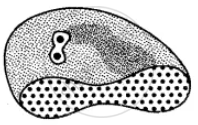
B ______________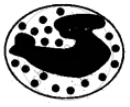
C ____________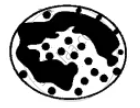
D _______________

E ____________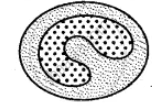
F ____________

G ______________
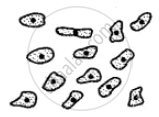
H ______________
Give Technical Term for the following:
Name the metallic element present in red blood cells.
Complete the following sentence with appropriate word:
_________ helps in blood clotting.
Mention, if the following statement is True or False. If false rewrite the wrong statement in its correct form:
Serum is an immunological preparation of blood (without cells and fibrinogen) containing antibodies and antitoxins against specific diseases
The process of formation of various types of blood cells is known as ______.
